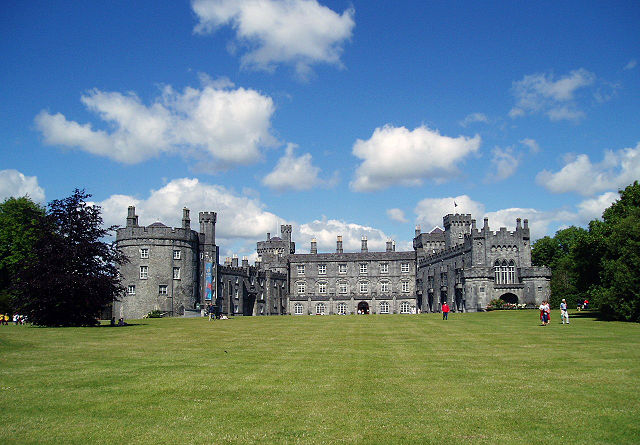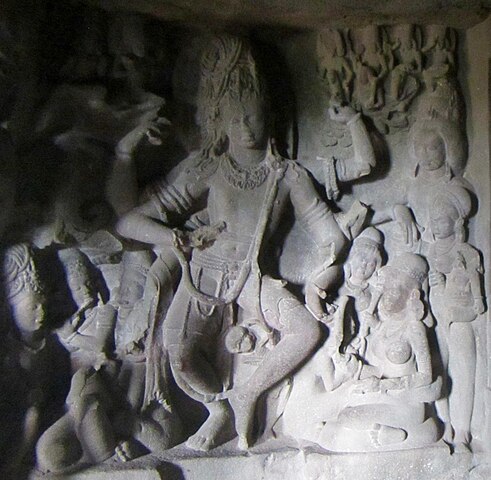We just learned that in Norwegian I am happy is jeg er glad.
Now let's learn how to say You are sad.
Du er lei deg
This really means something like "You are sad you", but that's how you say it!
You - Du - sounds like doo
are - er - sounds like ah-r
sad - lei deg - Sounds like lah-ee dah-ee
So all together du er lei deg sounds like Doo ah-r lah-ee dah-ee.

(from: wikipedia - norwegian language)
Greek: Είσαι λυπημενος
ASL: You are sad
Italian: Sei triste
German: Sie sind traurig
Spanish: Estas triste
French: Vous êtes triste
















